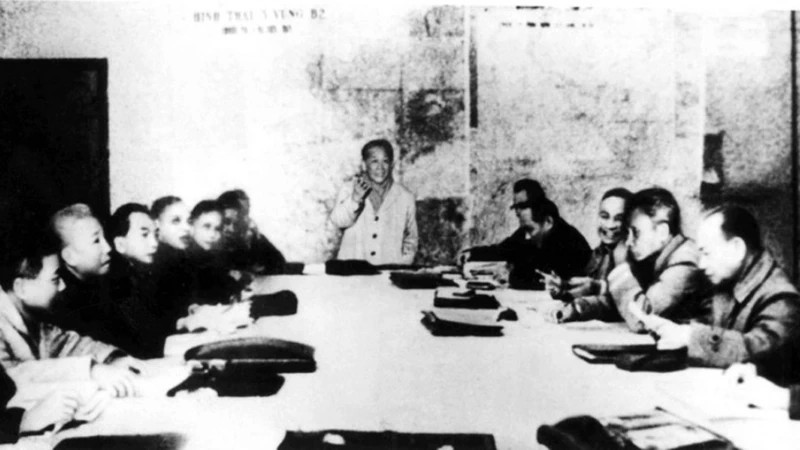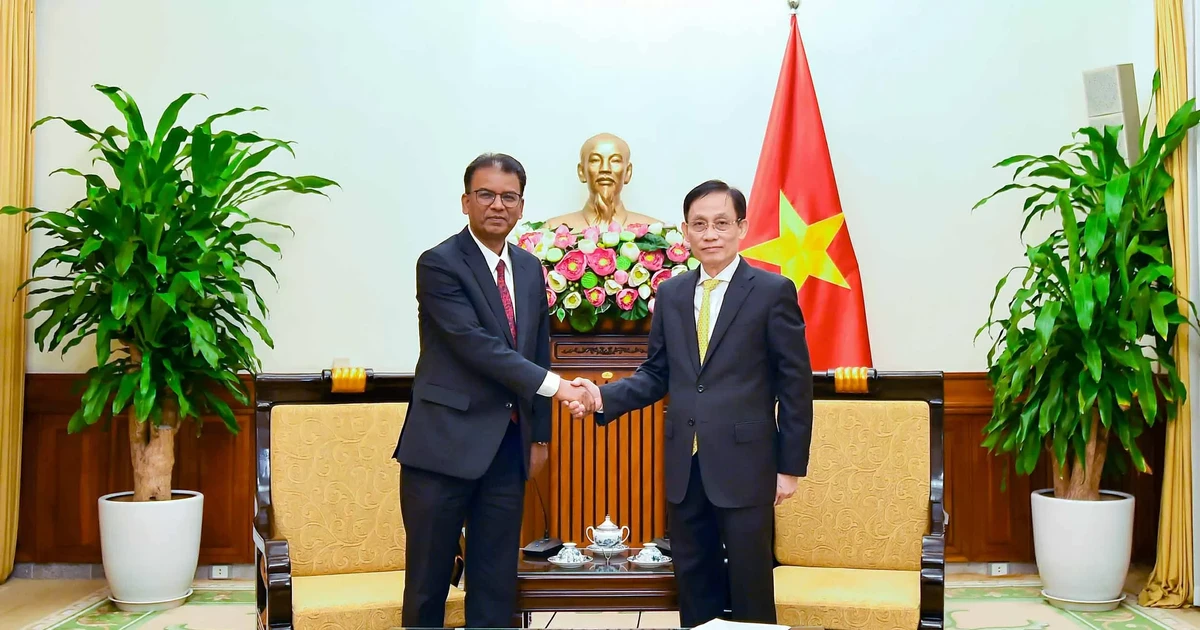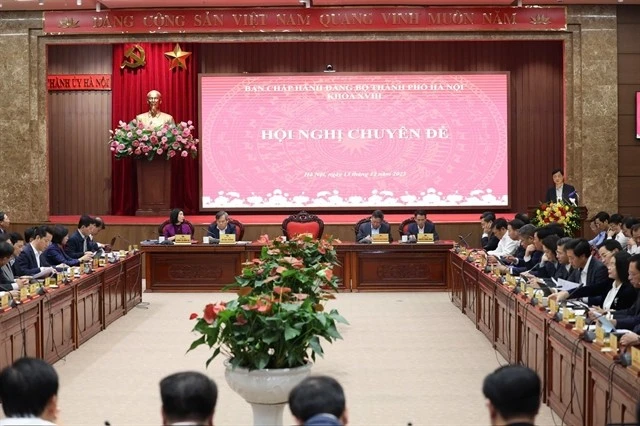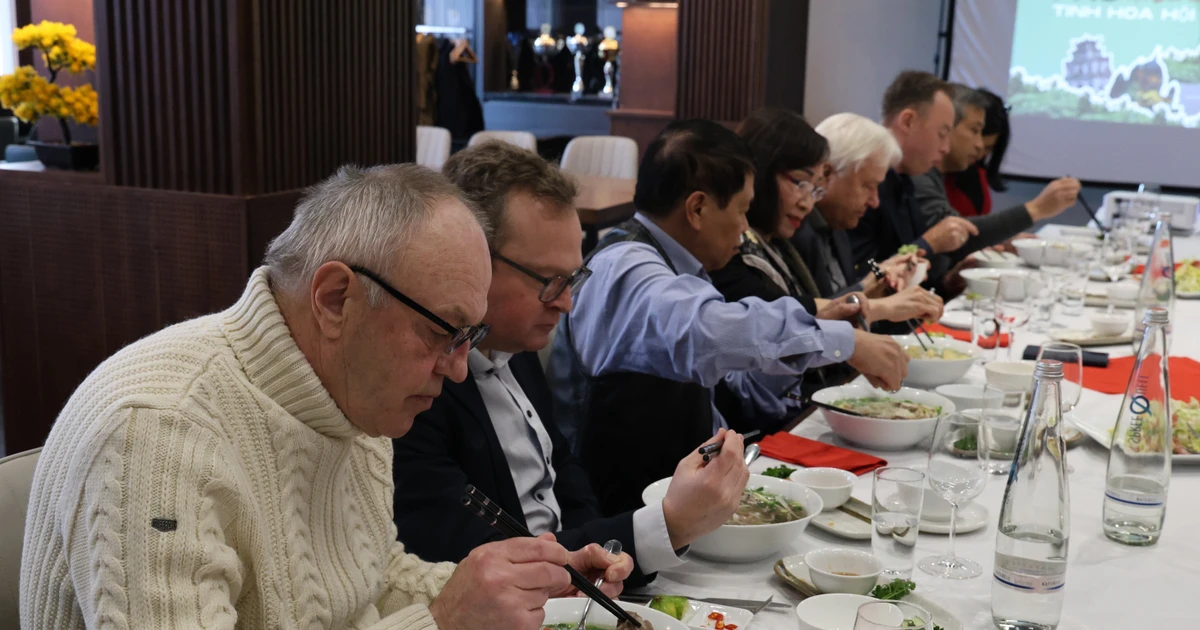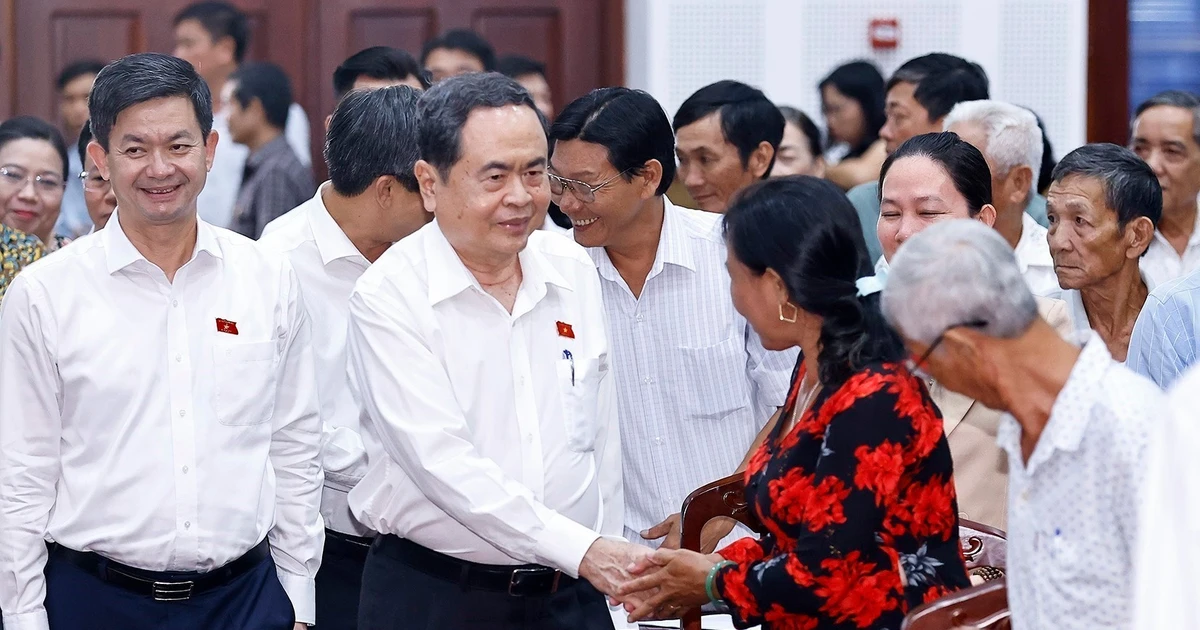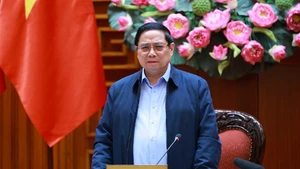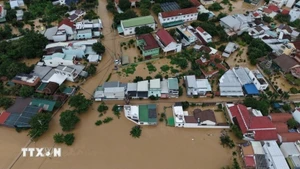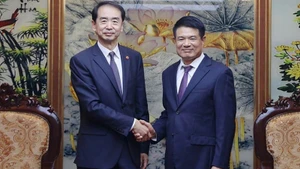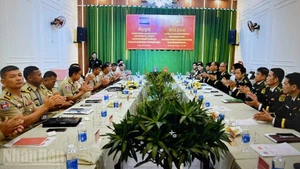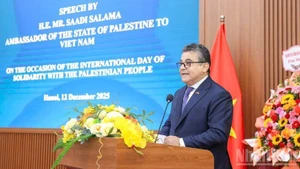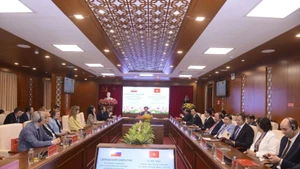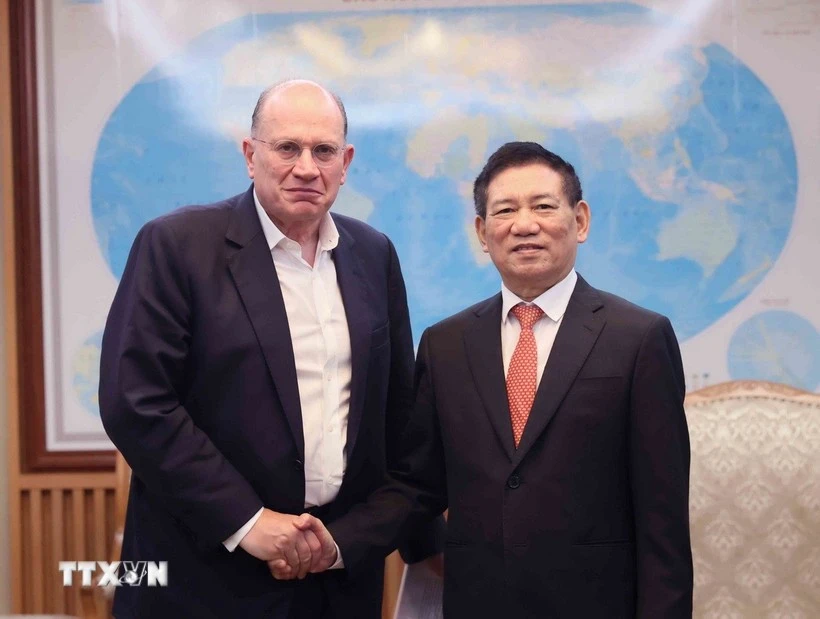On March 31, 1975, the Politburo met and assessed: “The strategic general offensive has achieved an extremely great victory”, adding that: “The strategic opportunity to launch a general offensive and uprising in the enemy’s lair is ripe.” They decided to launch a general offensive and uprising to liberate Saigon as soon as possible, preferably in April, with the guiding ideology of “speed, boldness, surprise, and sure victory.”
On the same day, in Hanoi, General Vo Nguyen Giap assigned Nguyen The Bon — Deputy Commander and Chief of Staff of the 1st Corps — the task of organising an urgent march into the Southeast region to coordinate with friendly units participating in the Saigon-Gia Dinh Liberation Campaign. Within 16 days, the Corps had to organise marching forces to assemble at Dong Xoai.
At 11:00 a.m. on March 31, 1975, the Politburo sent a telegram instructing Van Tien Dung went to the South early to meet Pham Hung to discuss the plan to capture Saigon, because “the situation was changing rapidly, we needed to take advantage of the time to act urgently.”
In Binh Dinh, at 5:15 a.m. on March 31, 1975, the comprehensive attack on the entire enemy defence line here took place at the same time. The 12th and 141st regiments of the 3rd Division attacked the enemy’s group. The 95A Regiment attacked the group of the 41st Regiment of the Republic of Vietnam from Nui Mot to Phu Phong Bridge. The 968th Division continued to attack the enemy at Tra Lam Son Mountain. A spearhead of the 968th Division penetrated deep into the town to capture and liberate Dap Da, cutting off Road No.1.
That same morning, the Quy Nhon City Party Committee coordinated with the 93rd Regiment of the provincial army to secretly attack the south of the town, suddenly capturing Zone 5, Mot Mountain, Doi Bridge, and Song Ngang Bridge, and tacking control of the rear base of the 22nd Division of the Republic of Vietnam and the enemy airport. Our artillery placed on Mot Mountain supported the 598th Water Commando Unit to capture Tan Cape and the Quy Nhon military port.
Coordinating with the army and organisations, mobilising more than 11,000 people to occupy the provincial governor's palace, the prison, and the Public Security Department. At 8:00 p.m. on March 31, 1975, the Quy Nhon commando team coordinated with Battalion 50, D30 and D20 commandos to capture and plant the flag in the lobby of the puppet provincial government’s administrative building and the Binh Dinh Sub-region Centre. Quy Nhon Town and Binh Dinh Province were liberated.
In Phu Yen, on March 31, 1975, Battalion 9, Regiment 64, Division 320 attacked the Hon Mot stronghold, while Battalion 8 captured Road 1 from Phu Khe to Hoa Xuan wooden bridge.
In Northern Phu Yen, local forces captured Ngan Son Bridge, cut National Highway 1 in the south of Tuy An, preventing the enemy from retreating to the town, creating conditions for the main force to attack Tuy Hoa Town.
On the same day, Regiment 48 and Regiment 9 urgently deployed forces to attack the enemy in Tuy Hoa town.
In Dak Lak, on March 31, 1975, the battle at Phuong Hoang pass continued fiercely. Upon receiving news that the enemy intended to retreat, the commander of Division 10 sent forces to occupy an advantageous position on the eastern side of the pass to block the enemy. The enemy concentrated artillery, aircraft bombed fiercely, and enemy infantry rushed forward with all their might.
Throughout the night of March 31, 1975, C130 aircraft took turns dropping flares and shelling along Route 21, while enemy artillery from Lam Son and Duc My bases heavily shelled our positions to reassure the remaining troops.
In Ninh Hoa, in the afternoon of the same day, the Ninh Diem armed forces mobilised the masses to rise up and liberate the commune, then, together with the masses, they liberated the entire Hon Khoi area. During the night of March 31, 1975, civil servants and officers in Nha Trang spontaneously evacuated, and soldiers at the Dong De non-commissioned officer school also fled.
In Binh Long, at 5:00 a.m. on March 31, 1975, the 9th Division of the 4th Corps opened fire and attacked the Chon Thanh sub-region. At 10:00 a.m. on the same day, the 7th Battalion and two of our tanks captured the security post. At 2:00 p.m., the enemy sent the 315th Battalion from Bau Bang to support Chon Thanh. The 9th Division received orders to switch to fighting the enemy and supporting them.
On the battlefield of Zone 6, on the morning of March 31, 1975, Regiment 812 with tank support defeated the enemy's counterattack in Di Linh Sub-region. Meanwhile, in Tuyen Duc, on the same night, the enemy abandoned Da Lat city and fled to Phan Rang, destroying Dai Ninh Bridge on Route 20 to slow down the advance of our main force to Da Lat.
In the Southeast, by the end of March 1975, we had opened a large liberated zone next to Saigon, stretching from North Tay Ninh, through Loc Ninh, Dau Tieng, Chon Thanh; from Mo Vet to La Nga through Hoai Duc, Tanh Linh; from Route 1 to the south of Route 2, Ba Ria.
In Military Zone 9, on March 31, 1975, Regiment 1 destroyed Ba Ke Sub-region, liberated Hau Loc Commune, and took control of a 4km long section of Mang Thit River, cutting off the enemy’s transportation route on this river.
At the same time, Regiment 3 of Military Region 9 destroyed 4 enemy pacification groups in Hoa Binh Commune (Tam Binh), threatening Tam Binh sub-region to the west, while Regiment 20 of Military Region destroyed a company of Security Battalion 407, severely damaging the weak Thoi Lai area.
After nearly a month of general offensive and uprising throughout the South, we destroyed and disintegrated two strong military regions and corps of the enemy, captured and destroyed many of their technical facilities, liberated the provinces of the Central Delta and the Central Highlands and many areas in the Mekong Delta and the Southeast, forming a siege of Saigon-Gia Dinh from many directions.
